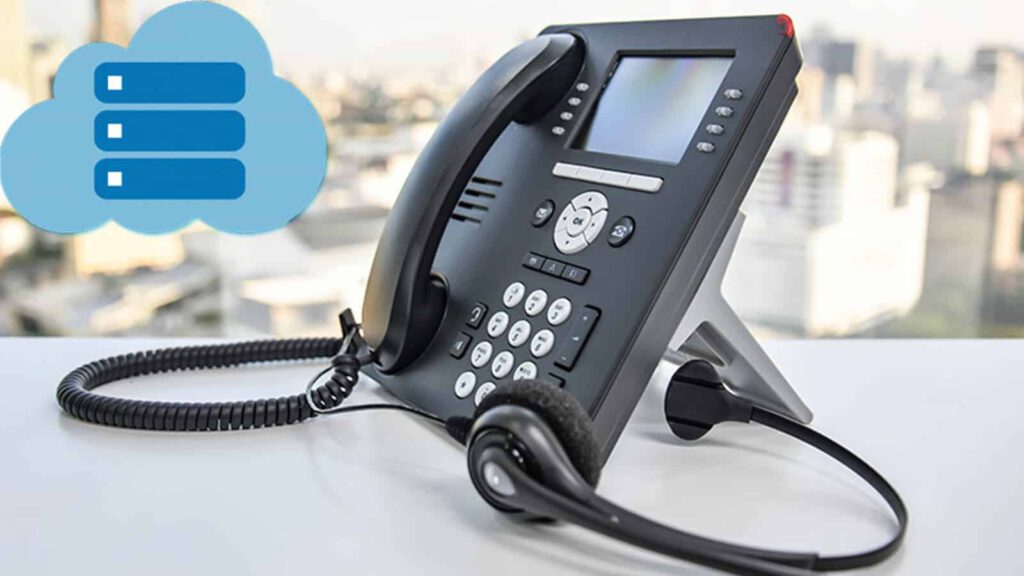Learning about financing and important assistance of the infrastructure for managing technological updates, and cost management is the balance of an organization today. Those who are broken as one of these moving parts are not easy, so be carefully considered when making a decision that affects everyone. Here is one of the difficult questions. Need to move your organization’s phone system to the cloud? Or would you like to leave it there? To help you make the best decision for your business, we look at five key differences between on-premise and cloud telephony structures .
Understanding Of On-Premise and Cloud Telephony Systems
Before we get into the differences, let’s make sure we have a baseline. The main difference between cloud and on-premises systems is their location. On-premise software is installed locally, on your business’ computers and servers, whereas cloud software is hosted on the vendor’s server and accessed via a web browser.
On-Prem PBX
As the name suggests, the internal phone system is located on the premises and the software is installed locally on computers and servers. These PBXs require older voice connection methods, such as PRI or analog lines, and use a different physical network than your computer.
Cloud Telephony PBX
Cloud systems are not as simple as they sound. In cloud-based phone systems, the software is hosted on the service provider’s servers and accessed through a web browser. It may be expensive to use internet connections, storage, or existing updates and provide additional features and functions.
Key Differences Between On-Premise And Cloud Telephony Systems
Hardware Requirements
- This is the main difference between on-premises phone systems and cloud-based phone systems. As the name suggests, the local PBX is the actual equipment stored there. Cloud PBXs, on the other hand, require no additional local hardware or software. Instead, the data is transmitted over the Internet and is fully controlled by the service provider.
Updates and Maintenance
- As with legacy technology, legacy PBXs receive few updates. Between basic maintenance and ongoing maintenance, administrators spend a lot of time troubleshooting these types of complex system issues. And when a problem arises, you have to solve it yourself. However, with a cloud PBX, new updates and updates are released automatically. You can easily modify the system in your browser, so no expert technicians are required. By default, service providers manage all heavy tasks.
Connectivity and Reliability
- Because traditional PBXs use copper wiring to route phone calls, they are vulnerable to natural disasters, wear and tear, and power outages. Cloud PBXs, on the other hand, are just as reliable as internet services (which must be top-notch based on the digital needs of today’s workforce). These systems are kept in secure data centers with backups to ensure connectivity is not interrupted. In fact, it all depends on the reliability of your internet service (and your backups).
The Total Cost of Ownership
- Due to the need for physical equipment, an on-premise PBX ultimately requires a significant capital investment, the space required to house it, and maintenance, upkeep, and upgrades. Cloud PBX translates this capital expenditure model (CapEx) into monthly operating expenses (OpEx). Not only will you skip all those high upfront costs, but your total cost of ownership will be lower because the hardware is optional, depending on whether you go for a landline or softphone. Unlike on-premises PBXs, which have upfront costs, cloud PBXs have a higher monthly cost. It generally depends on where CapEx and OpEx are. A monthly fee per user may be “cost-effective” than making a CapEx investment for X years, but you don’t have to deal with hardware, SIP trunking, or PRI.
Scalability
- Expanding to an older on-premises PBX can be a daunting process. If you add a desk phone, you’ll have to mess with cables in the closet and add an expensive PBX line card. However, adding and removing phone lines using a cloud PBX is as simple as configuring it in the management portal. Remember, you have to pay for another “location”.
Contact Us
Contact Phonesuite when you are ready to upgrade your hotel phone system to an affordable, modern and flexible VoIP system. Based on a comprehensive analysis of your infrastructure, priorities, and requirements, we can offer you a margin price or actual price for a hotel phone system upgrade. Want to know the cost or installation process? Contact us today.



